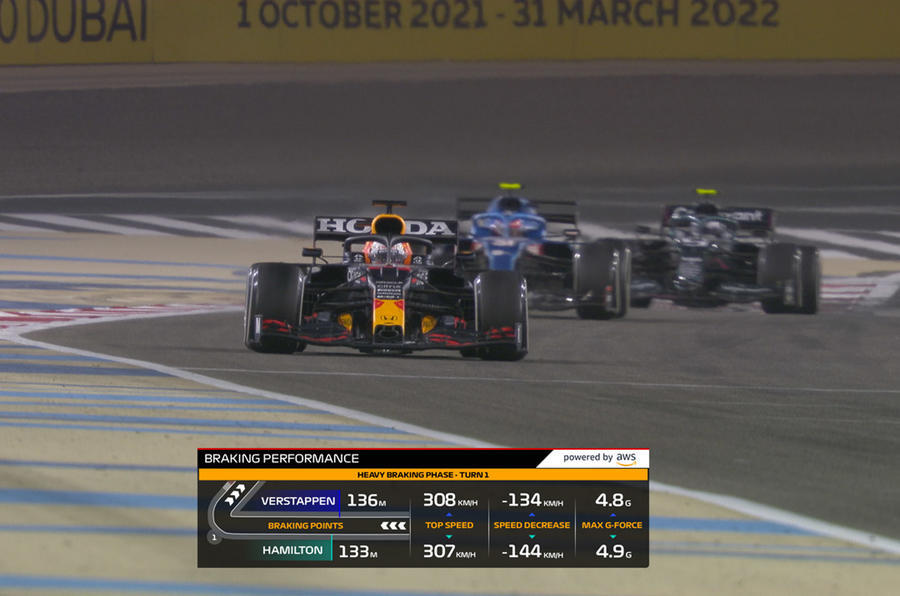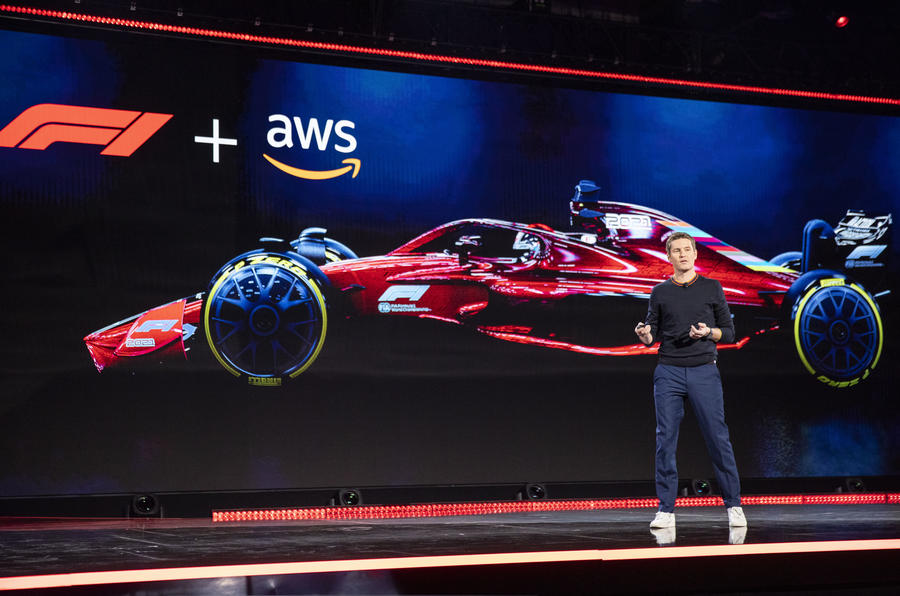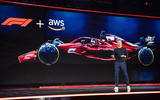We have spent so long talking about data cores, design iterations and aerodynamic cells that I just can’t help myself. “Would it not just have been easier to tell everyone to create a bunch of Lotus 72 replicas, and then we could have had the best season ever?”
Rob Smedley, on the other end of the call, allows himself a chuckle. The sort of chuckle a teacher reserves for when a primary school pupil suggests getting Batman in to solve everything. “That’s a nice idea,” he politely demurrs. “But let’s look forward, not backward, eh?”
Smedley, a former race engineer for the likes of Jordan, Ferrari, and Williams (infamously delivering the “Fernando is faster than you. Confirm you understand” radio message to Felipe Massa at the 2010 German Grand Prix) is these days head of data systems for Formula 1 itself.
That’s a bit of a dry-sounding title for a man who, like his boss Ross Brawn and colleague Pat Symonds, has become one of the ultimate poachers turned gamekeepers. Having spent half a lifetime trying to find his way through the grey areas of the F1 rulebook, the man from Middlesbrough is these days helping to shape that very same book and is using immense computing power to take the grey areas out.
Smedley has been hard at work creating the new aerodynamics rules for F1, which will be enforced from the start of the 2022 season. The idea is to use a partial return to ground-effect – drawing downforce from under the car – and clever front and rear wings to allow cars to race more closely together. Fix the aero, goes the theory, and you can make F1 great again.
To do that, Smedley has been using a super-computer, albeit one that doesn’t physically exist. Instead, F1 has turned to Amazon Web Services (AWS), which through ‘the cloud’ can tie together multiple computers to form one gigantic, and hugely powerful, virtual computer.













Join the debate
Add your comment
The problem I see with this is that Brawn, Symonds and Smedley are assuming they are cleverer than Newey and his ilk. I suspect they are wrong on that count and that better minds at the big teams, will cleverly circumvent the regulations anyway.
This will inevitably mean constant tweaking of rules and protests, which is pretty much what we have now. While there is some intrigue in all this technical wrangling for the committed enthusiast, I don't see the appeal to the mass new young audience that they are hoping to attract. They want exciting open racing, which is exactly what the likes of Ferrari, Red Bull and Mercedes don't really want. They want to dominate.